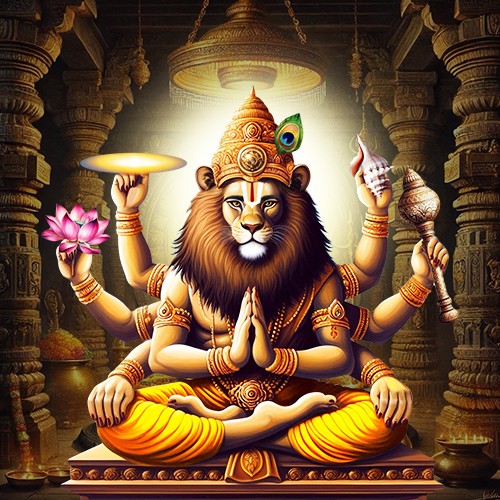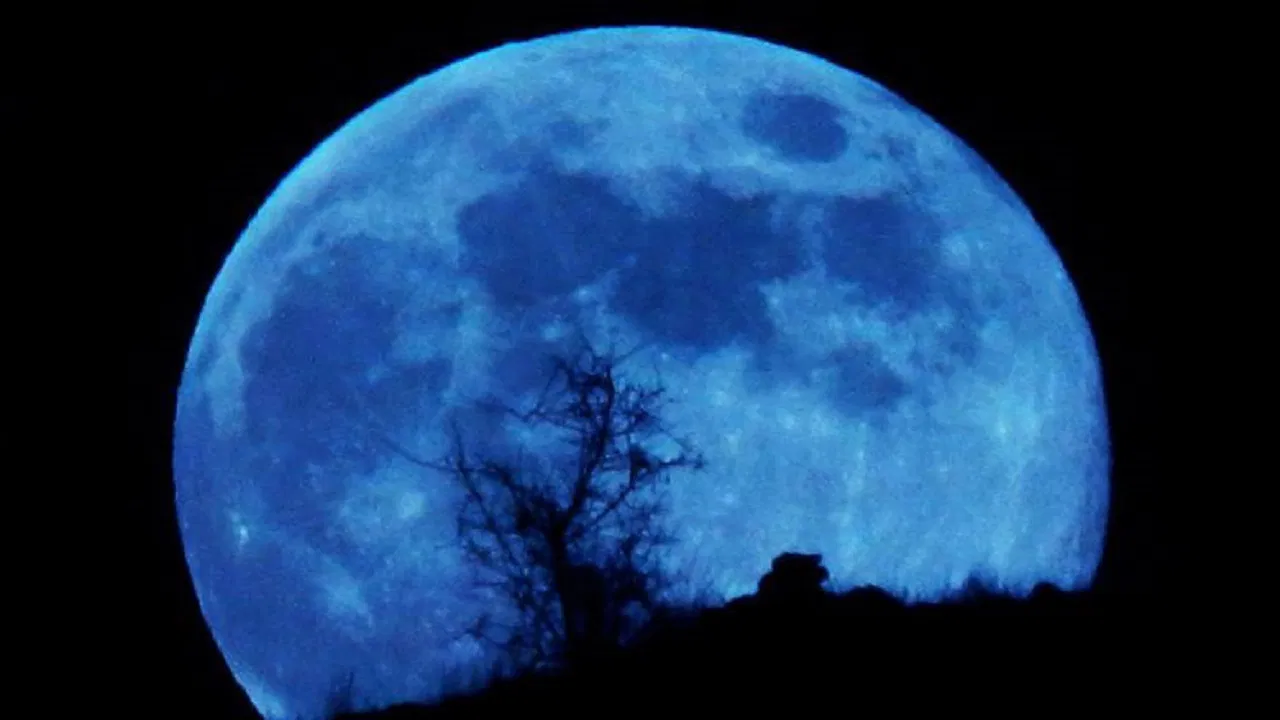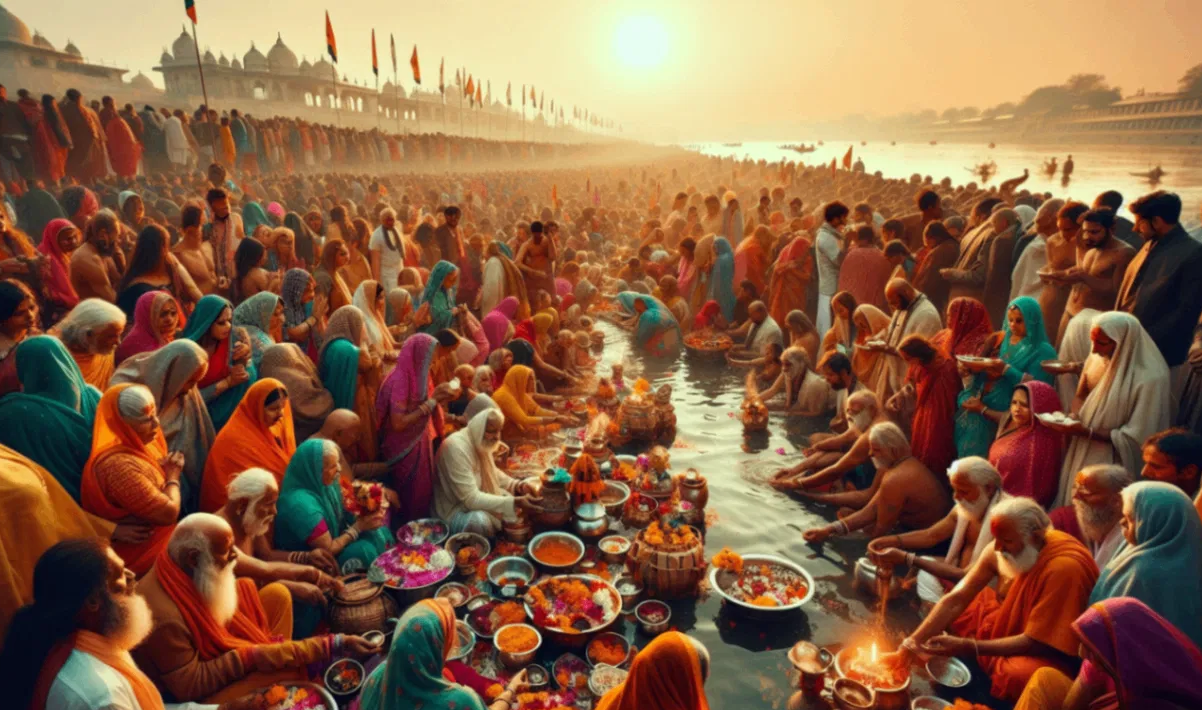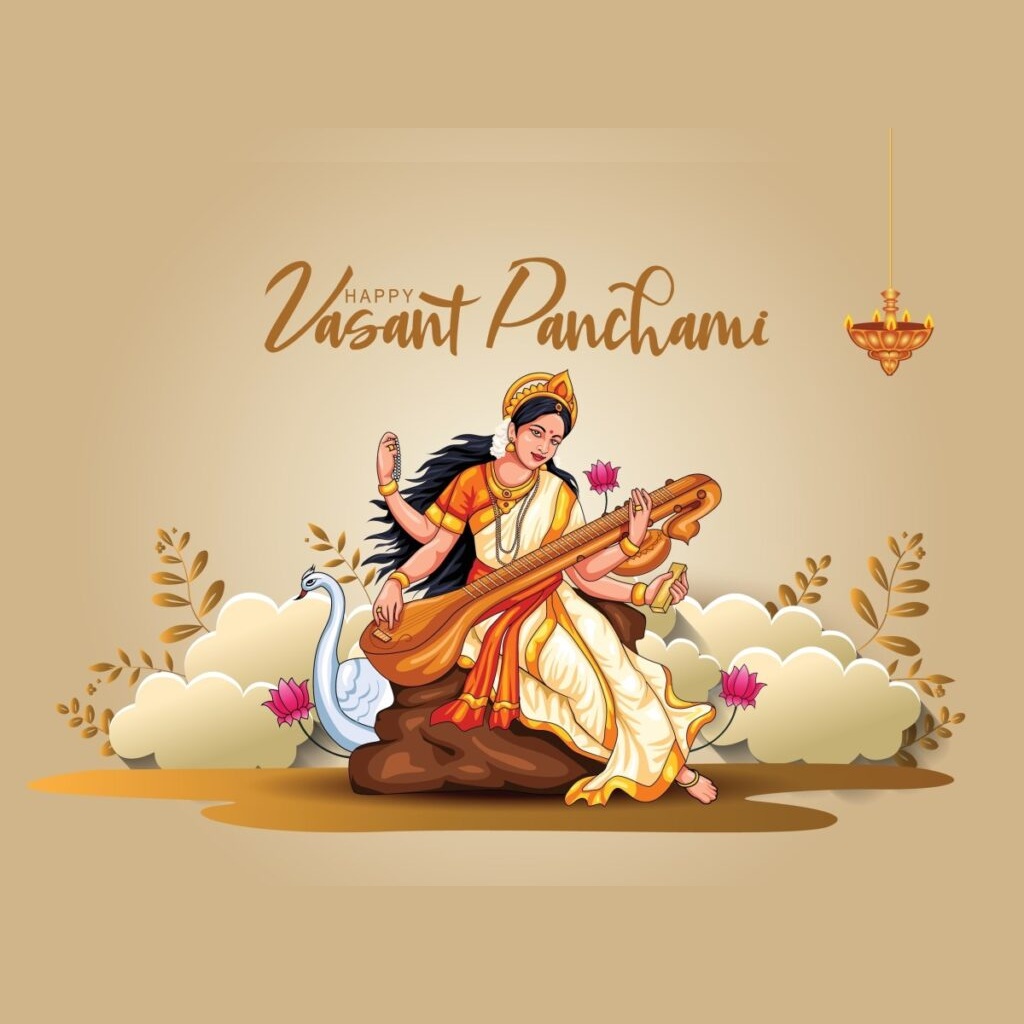.jpg)
Maharana Pratap also known as Pratap Singh I, was a Hindu Rajput King of Mewar district in Rajasthan, India. Maharana Pratap belongs to the Rajput Sisodiya dynasty. Several royal families in Rajasthan admire and venerate him for his bravery and valour. His birthday or Jayanti is celebrated across India especially Rajasthan to commemorate his contributions to keep the Hindu Civilization alive during Mughal Invasion.
Historically, Maharana Pratap was born on May 9th, 1540, using the Julian calendar, according to ancient documents.
Nevertheless, the birth anniversary of Maharana Pratap is celebrated as per Hindu calendar which falls on Thursday, May 29th, 2025, the 485th Birth Anniversary of Maharana Pratap Jayanti.
Maharana Pratap Jayanti is a public holiday in the northern Indian States of Haryana, Himachal Pradesh, and Rajasthan.
Maharana Pratap Jayanti is commemorated as an Indian national hero, particularly in Rajasthan. His birthday is celebrated with great devotion and passion. People pay homage to the legendary king, numerous cultural events and programs are organized. Statues and monuments have been erected across the nation in his honour. One of the most well-known

sculptures is the Maharana Pratap Memorial in Udaipur, Rajasthan, which stands as a symbol of valour and tenacity. In addition to the Maharana Pratap Museum and Chetak's Smarak, several sites memorialize his life and actions.
On this important day, many people visit his monument and present flowers to the great monarch. At the Maharana Pratap Monument on Udaipur's Moti Magri or Pearl Hill, Havan and Pooja are performed. A large, colorful procession is also organized, with horses and individuals carrying portraits of the Maharana Pratap.
People of all castes and religions from throughout the nation participate in the march. As a monarch who battled for his people, Maharana Pratap Singh is recognized for his bravery. In addition, he exemplifies courage, the spirit of independence, pride, and valour. To preserve his kingdom, Maharana Pratap is most remembered for the Battle of Haldighati against the Mughal Ruler Akbar.
When is Maharana Pratap Jayanti (Birthday) in 2025? Date & Tithi
485th Birth Anniversary of Maharana Pratap Jayanti
Maharana Pratap Jayanti on Thursday, May 29, 2025
Tritiya Tithi Begins - 01:54 AM on May 29, 2025
Tritiya Tithi Ends - 11:18 PM on May 29, 2025
Maharana Pratap Jayanti (Birthday) Significance:

The famous Maharana Pratap was a great patriot who launched the first struggle for freedom. The legendary Battle of Haldighati was fought between Maharana Pratap and Mughal Emperor Akbar. That was a conflict that entered the annals of history and is still remembered by many. The battle of Haldighati lasted for four hours, and at the conclusion, Maharana Pratap, who was vastly outnumbered, was forced to abscond. Nonetheless, the warrior battled valiantly, and slew many on the battlefield, including Man Singh.
Maharana Pratap destroyed the Mughal army and liberated a significant portion of Rajasthan from Mughal dominion. Even today, his wars against the Mughal monarch Akbar are recognized for their ferocity and strategy. He was the only Rajput monarch who remained independent of the Mughal Empire. The strong Rajput monarch rejected a variety of treaty possibilities with the Mughals because he deemed them all servile.
In the legendary Battle of Haldighati, Akbar's army destroyed Maharana Pratap's forces. In a renowned counterattack, however, the ferocious warrior fought the Mughals and reclaimed the kingdom with the assistance of the “Bhils”, a brave local tribe. The famous warrior died on a hunting excursion in 1597, aged 56.
Maharana Pratap was a Rajput who never bowed to anybody other than his mother and God, and he has become a significant icon for the younger generation. On the day of his birth, numerous Rajput households' worship Maharana Pratap out of reverence and inspiration for his bravery and fearlessness.
Being the embodiment of courage, heroism, pride, patriotism, and the spirit of freedom, Maharana Pratap has garnered tremendous respect and esteem. His birthday (Maharana Pratap Jayanti) is commemorated annually as a full-fledged event. On the day commemorating Maharana Pratap, pujas and processions are done everywhere in his honor.
Numerous cultural events, including debates, are also planned in Udaipur and Chittorgarh regions of southern Rajasthan to commemorate the several fierce battles fought by Maharana Pratap to oppose the Mughal takeover of Mewar and preserve independence and freedom.
Who was Maharana Pratap? Maharana Pratap History

Maharana Pratap was born to the monarch of the Kingdom of Mewar, Maharana Udai Singh II. Chittor was the capital of the kingdom of Mewar at the time. He was the oldest child of the monarch and was named the crown prince.
The final conflict that Maharana Pratap had with Akbar, is what brought him his fame. When he participated in a bloody battle against Akbar's enormous army of 85,000 warriors and his own army of approximately 20,000 men, the conflict was fierce. The story goes that neither Maharana Pratap nor Akbar emerged victorious from the conflict. In the end, Akbar's conquest of Maharana Pratap was unsuccessful despite his best efforts.
In 1567, the powerful troops of the Mughal Empire assaulted Chittor. At the direction of Emperor Akbar, the soldiers were successful in compelling Maharana Udai Singh II to abandon Chittor and move to Gogunda. Maharana Udai Singh II passed away in 1572, and despite opposition from one of his brothers, Pratap Singh rose to the throne and became Maharana of Mewar.

His quest to regain Chittor would become his life's greatest effort. He rejected many peace negotiations with Akbar and refused to give up Mewar's independence. He battled valiantly against the greater Mughal soldiers, but he never ceded control. Unfortunately, he was never able to win Chittor back. Emperor Akbar respected him much for his staunch convictions.
It was claimed that Maharana Pratap exceeded two meters (6 ft 6 inches) in height. He would don armor weighing over 70 kilograms and a spear weighing 80 kilograms! He had eleven wives and 22 offspring. His oldest son, Maharana Amar Singh I, succeeded him as the fourteenth ruler of the Mewar dynasty.
In 1597, Maharana Pratap died from injuries sustained in a hunting accident. He is recognized for his unparalleled loyalty and affection for his people.
- 1572 Assumes the throne. Once his father, Maharana Udai Singh II, passes away, he ascends to the throne.
- 1576 The Battle at Haldighati. The Mughals achieve victory, but they are unable to capture Maharana Pratap.
- 1583 Mewar Reclaim. Maharana Pratap recaptures Mewar from the Mughal army.
- 2007 Statute in Indian Parliament. Pratibha Patil, the former president of India, unveils the monument in his honor.
Contribution of Maharana Pratap in the history:

Maharana Pratap Singh, the 16th-century Rajput ruler of Mewar, is acknowledged for his heroic aversion against the Mughal emperor Akbar's forces during the period of Akbar in when the Mughal Empire when Akbar was expanding his influence over the Indian subcontinent.
Here are some of his relevant contributions:
- Resistance against Mughal Expansion: One of his significant deeds was his brave stand against the Mughal expansion. Maharana Pratap courageously opposed Akbar's attempts to bring Rajputana under Mughal rule. Despite the odds stacked against him, he remained steadfast in his resolve, refusing to bow down to Akbar and fighting to safeguard the sovereignty of his kingdom.
- Battle of Haldighati: One of the most relevant events in Maharana Pratap's life was the Battle of Haldighati in 1576. It was a momentous clash where he confronted the Mughal forces under the command of Akbar's general, Man Singh. Despite being vastly outnumbered, Maharana Pratap showed immense courage and tactical skill. Though the battle didn't have a decisive outcome, it became a symbol of his fierce determination to defend his kingdom's sovereignty against the Mughal might.
- Guerilla Warfare Tactics: Maharana Pratap's military approach mainly centered around guerrilla warfare tactics. He cleverly used the rough landscape of the Aravalli Hills to his advantage. His troops would launch surprise attacks, then quickly retreat, making it hard for the Mughal army to track them. By disrupting Mughal supply lines and communication, he prolonged the conflict and made it tough for the larger Mughal forces to defeat him.
- Symbol of Rajput Valor and Independence: Maharana Pratap's unwavering defiance against the Mughals made him a revered figure in Rajput legends. His refusal to bow to Akbar and his strong dedication to his beliefs turned him into a symbol of Rajput bravery and freedom.
- Legacy and Influence: Maharana Pratap's memory still evokes respect and admiration, especially among the Rajput community in India. His stand against a powerful empire echoed as a symbol of unwavering resistance and the fight for freedom. Through folk songs, tales, and ballads, his courage and sacrifices are celebrated, ensuring that his legacy lives on through the ages.
Maharana Pratap Singh's impact extends beyond his military endeavors; he embodies the values of bravery, honesty, and defiance against tyranny. His legacy has left an indelible imprint on Indian history and culture, inspiring generations with his unwavering commitment to righteousness and freedom
Maharana Pratap Jayanti Celebration:
Manifold religious ceremonies with extensive pujas and flamboyant parades are organized to honor the king's legacy. Several social meetings such as debates are also organized. The day is celebrated with tremendous fervor across India.

- Visiting Lord Murugan Temples: Devotees visit the temples of Lord Murugan on this day and offer their prayers and seek his divine blessings. The idols of God are first cleaned, and the deity is decorated with flowers and fragrances.
- Pad Yatra: Men go on Pad Yatra, or a foot pilgrimage to the temples of Lord Murugan, and cover a total of 100 kilometers within a spate of three to four days. Women also travel barefoot and offer buttermilk and food to the pilgrims to signify their devotion.
- Kavadis: Devotees offer Kavadis to Lord Murugan to pay homage to divinity. Kavadis are bamboo poles that they carry on their shoulders, along with other puja stuff including milk, sacred water, and flowers.
- Thirukalyanam: The ten-day celebration of Panguni also celebrates the celestial wedding of Lord Shiva and Goddess Parvati, also known as Thirukalyanam.
- Ayyappan Jayanti: Ayyappan Jayanti is celebrated in Ayyappa temples situated across Tamilnadu and Kerala.
- Kalyan Vrata: Devotees begin their fast on this auspicious day after bathing in the early morning. Either they would completely abstain from any kind of meal, or they would have one meal. They also visit the nearby temples to worship the deities, Lord Muruga, Lord Shiva , and Lord Vishnu .
- Prasadam: A special sweet dish is prepared for Bhagwan Shiva, which is distributed around Prasadam among the devotees. Devotees eat Prasadam and share it with other family members.


-in-Astrology.jpg)







Comments 0
Leave your thought here